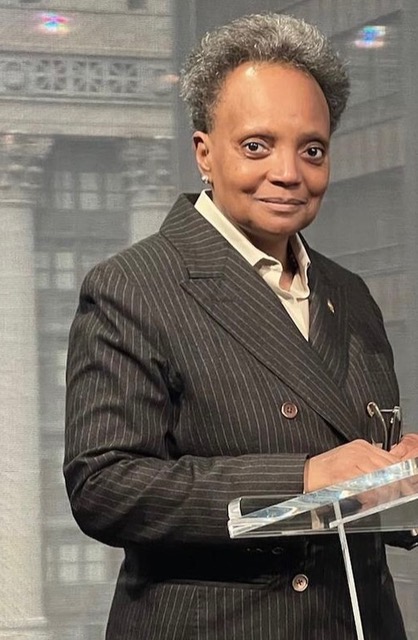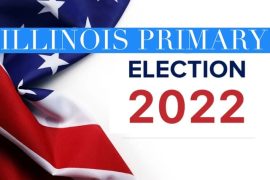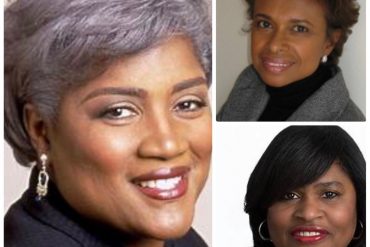A new comprehensive report shows how former Mayor Lori Lightfoot, faced with one of the worst pandemics and economic crises in the city’s history, was able to forge a working majority in Chicago’s City Council on most of her policy initiatives.
There are lots of lessons here for the current Johnson administration.
Despite being elected with 74% of the vote and with majorities in all 50 Chicago wards, Mayor Lori Lightfoot, during her four-year term, “oversaw the most tumultuous city council meetings since the 1980s” but was still able to compromise with a diverse and factionalized City Council to “accomplish most of her legislative goals.”
These are the main takeaways from a new report covering Chicago City Council voting from May 29, 2019, to April 27, 2023, when Lori Lightfoot was mayor and presided over council meetings. The report entitled Lori Lightfoot’s Mayoralty: A Divided Council Begets Chicago’s New Factionalism was authored by Marco Rosaire Rossi and Thomas J. Gradel.
Click here to view the entire 86 page report: https://www.politico.com/f/?id=0000018a-cd73-df4e-abba-ddff1fcb0000
According to the report, the council was divided into four significant voting blocs, and within and overlapping those were five caucuses and a group of 20 committee chairs. The four key voting blocs were the Moderate-Liberal Bloc, the Progressive-Socialist Bloc, the Conservative Bloc, and the Chicago Machine Bloc. The caucuses are a more formal grouping with alderpersons choosing to join one or more caucuses. Most of the committee chairs are also members of at least one of the five caucuses: The Progressive Reform Caucus, The Aldermanic Black Caucus, The Latino Caucus, The LGBT Caucus, and The Democratic Socialist Caucus.
The report shows that Mayor Lightfoot received her highest level of support from the Committee Chairs, which, as a group, voted to support her position 92% of the time. The Aldermanic Black Caucus averaged 89%; the Progressive Reform Caucus followed with 86%; the Latino Caucus tallied 85%; the LGBT Caucus agreed with Lightfoot at 81%; and the Democratic Socialists supported the mayor 80% of the time. The opposition during the four years came primarily from the Conservative Voting Bloc and the Chicago Machine Voting Bloc, which supported Mayor Lightfoot at 68% and 64%, respectively.
Lightfoot’s term as mayor was tumultuous, not only because of the COVID-19 pandemic and the Black Lives Matter protest but also because of the fiscal crisis that Lightfoot faced in her first two years in office. Rather, it was tumultuous because Chicago is a city in transition. Chicago’s politics are rapidly changing, and that can be seen in the City Council. The “rubber stamp” councils that mayors have traditionally relied on to achieve their goals are becoming a thing of the past.
Instead, Chicago now has a fractioned city council with contentious and overlapping voting blocs or factions. The ability of future mayors to govern will depend on their ability to navigate these various schisms to gain a workable majority.
If Lightfoot’s experience is any indication of the future, this will not be easy. During Lightfoot’s time in office, the council became more independent from the mayor, while simultaneously, the mayor made it more difficult for alderpersons to rule as unaccountable autocrats over their wards. Eventually, Chicago will likely develop a healthier separation of powers between its mayor and alderpersons. When that occurs, the city will be seen as a more mature democracy, one that sincerely responds to the will of its citizens, and can adequately tackle many of the city’s chronic problems.






